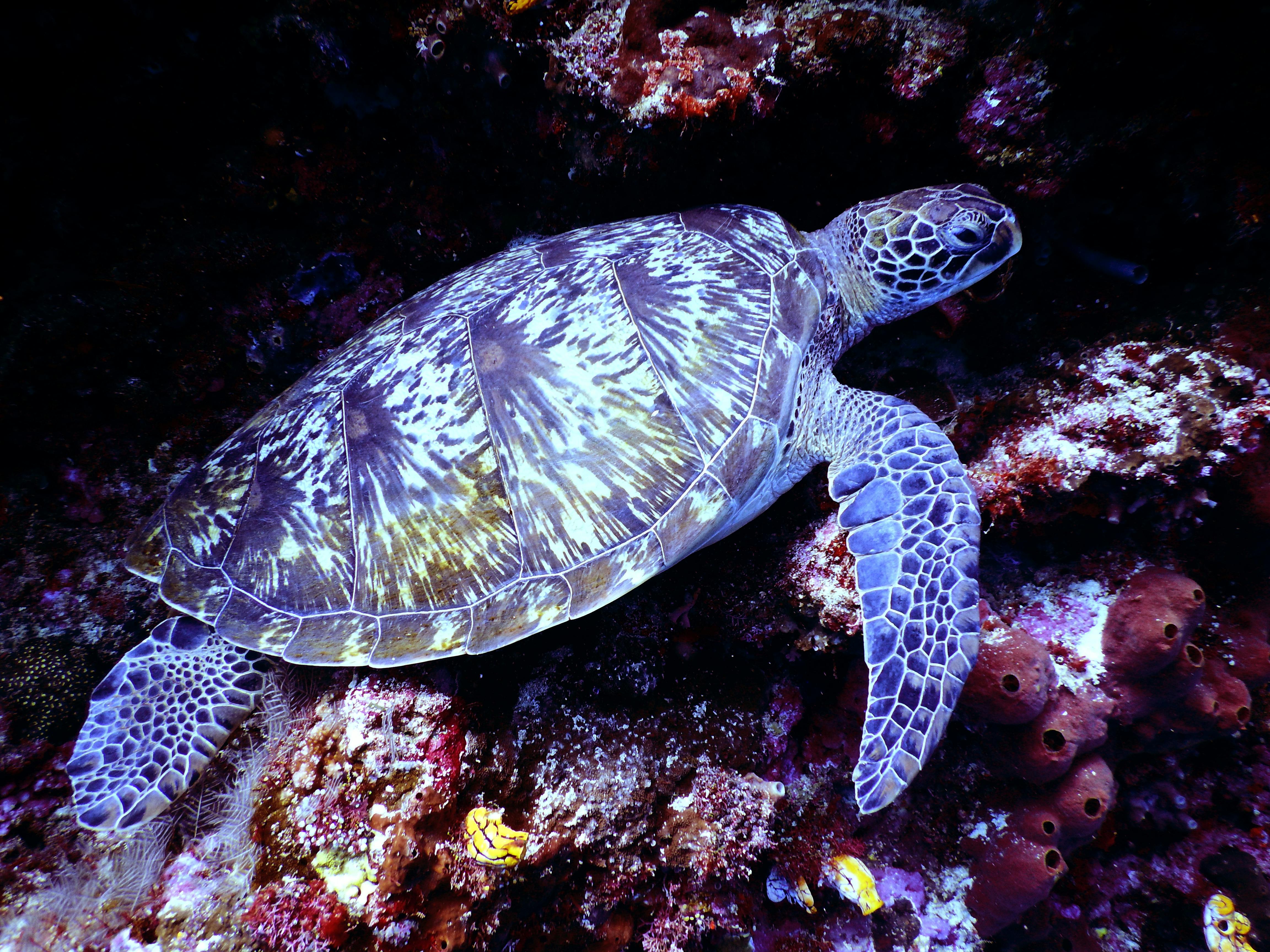
Effective Care Guide to Amano Shrimp: Discover Current Best Practices in 2025
Amano shrimp, known for their algae-eating prowess and vibrant colors, have become increasingly popular among aquarium enthusiasts. Understanding how to properly care for these fascinating creatures is essential for maintaining their health and ensuring an enjoyable aquascape. This guide will provide you with the latest practices for effective Amano shrimp care in 2025, focusing on all critical aspects, including tank requirements, feeding, breeding, and disease prevention.
Caring for Amano shrimp not only ensures their longevity but also helps maintain the balance of your aquarium environment. With benefits such as reduced algae growth and improved water quality, these shrimp are a great addition to both community tanks and dedicated setups. In this guide, you'll find a roadmap covering essential topics such as tank setup, nutrition, and health monitoring. By the end of reading, you'll be equipped to create an ideal habitat for your Amano shrimp, preventing common health issues and enhancing their well-being.
Buckle up for a deep dive into the world of Amano shrimp care. From understanding their water parameters to knowing the best plants that complement their environment, this comprehensive guide will help you foster a thriving aquarium inhabited by these clean-up crew heroes.
Essential Amano Shrimp Tank Setup for Success
To ensure your Amano shrimp thrive, it is crucial to create an appropriate tank environment. Start with understanding the specific Amano shrimp tank requirements to maintain their health and happiness. Ideally, an established tank should be at least 10 gallons to avoid fluctuations in water parameters. Amano shrimp prefer a gentle flow, so choose filters with adjustable flow rates.
Amano Shrimp Tank Size Considerations
The initial consideration for your Amano shrimp tank should be size. A minimum of 10 gallons is recommended, as smaller tanks can lead to rapid changes in water quality, creating stress for your shrimp. A larger tank also allows for a better ecosystem, with space for plants and decorations.
Additionally, a larger tank can accommodate more tank mates, which enhances the social dynamics of your shrimp. When considering Amano shrimp’s companions, ensure compatibility with other species and avoid aggressive or overly large fish that may harm your shrimp.
Water Parameters and Conditions
Maintaining the right water parameters is crucial for Amano shrimp success. They thrive in slightly acidic to neutral pH levels, ideally between 6.5 and 7.5. Monitoring water hardness is essential, as too soft or too hard water can impact their health negatively.
The ideal temperature range for Amano shrimp is between 68°F and 78°F. Regular water changes and testing will help keep these parameters stable and prevent fluctuations that can stress your shrimp. Aim for a water change frequency of about 10-15% weekly to maintain optimal conditions.
Essential Filtration Needs
Since Amano shrimp are sensitive to water quality, investing in a good filtration system is non-negotiable. Choose filters that provide mechanical, chemical, and biological filtration while preventing shrimp from being sucked in. Sponge filters are particularly effective in shrimp tanks, as they offer gentle filtration without the risk of harm.
Ensuring clear, clean water will enhance the overall living conditions for your Amano shrimp. Regularly clean your filter according to the manufacturer's recommendations to maintain efficiency.
Feeding Amano Shrimp for Optimal Health
The diet of Amano shrimp is a critical component of their care routine, significantly impacting their lifespan and overall health. In this section, we delve into the essential aspects of feeding Amano shrimp correctly, alongside useful tips for maintaining their dietary needs.
Understanding Amano Shrimp Diet
Amano shrimp are omnivores, feeding on a variety of foods ranging from algae to commercial shrimp pellets. Their natural behavior involves grazing on algae, biofilm, and decaying matter in the tank. To supplement their diet and ensure they receive all necessary nutrients, offer high-quality shrimp food, including pellets and algae wafers.
It's vital to observe shrimp feeding habits to gauge their appetite. Overfeeding can lead to water quality issues, so it's preferable to feed them small amounts multiple times a day rather than one large feeding. This mimics their natural foraging behavior and helps keep the tank clean.
Best Plants for Amano Shrimp
Having the right aquatic plants in your shrimp tank not only enhances the visual appeal but also provides essential hiding places and grazing spots. The best plants for Amano shrimp include Java Moss, Anubias, and floating plants that break the light and provide shade.
These plants also contribute to the shrimp's diet by providing biofilm, an essential food source, while improving water quality by absorbing nitrates. Regular pruning of plants will ensure they remain healthy and do not overgrow, potentially affecting shrimp movement.
Feeding Schedule for Amano Shrimp
Establishing a consistent feeding schedule is important for maintaining healthy Amano shrimp. Ideally, feed them once or twice a day, with portions that can be consumed within a few hours. A typical feeding might include a balanced mix of shrimp pellets, algae wafers, and occasional blanched vegetables such as zucchini or spinach.
Make sure to adjust the amount based on your shrimp count; too many can lead to uneaten food, which contributes to poor water quality. Keeping an eye on their growth and health indicators can help you fine-tune the feeding process for optimal results.

Amano Shrimp Breeding: Tips and Techniques
Breeding Amano shrimp can be an exciting venture for any aquarium enthusiast. Understanding the Amano shrimp breeding process requires knowledge of their behavior, water conditions, and environmental conditions to successfully raise healthy fry.
Creating a Breeding Environment
To encourage breeding, ensure your shrimp are in a stable environment. Maintaining stable water parameters—especially pH and temperature—plays a crucial role in their breeding behavior. Once they are in prime condition, you might notice increased activity among your shrimp.
A breeding tank might require slightly different conditions; consider a dedicated tank setup for this purpose to prevent interference from other species. The tank should have soft, densely planted areas where females can lay their eggs safely.
Understanding the Breeding Process
Female Amano shrimp carry eggs for around 30 days before releasing them. This process is heavily influenced by water quality and diet, so ensure that they are well-fed with foods high in carotenoids to enhance the development of eggs. The fertilized eggs are often carried under the female's abdomen until they hatch into tiny, free-swimming larvae.
These larvae are unique in that they require brackish water to develop, unlike the adults. Transitioning them to the correct environment is crucial during this early life stage.
Monitoring Juvenile Shrimp Growth
Once Amano shrimp hatch, monitoring juvenile growth is essential. They will require special care in terms of feeding such as tiny microorganisms or specialized foods for shrimp fry. Accurate observations will help in identifying any health problems early.
Provide plenty of shelter to ensure the young shrimp feel safe from potential threats in the tank. As they grow, slowly acclimate them back to freshwater conditions.

Health and Disease Prevention for Amano Shrimp
Keeping your Amano shrimp healthy involves attentive monitoring and proactive care strategies. Understanding Amano shrimp health issues provides insight into preventing common diseases effectively.
Common Amano Shrimp Diseases
Amano shrimp can experience a range of health issues, often related to poor water quality and insufficient diet. Common diseases include shell rot, which is often the result of calcium deficiency and stressful environmental conditions. Implementing an effective disease prevention plan starts with maintaining stable water parameters.
Occasional molting is normal for Amano shrimp, but if you notice any abnormalities in the process, investigate potential causes. Stressed or poorly fed shrimp may struggle to molt correctly, causing them to become susceptible to disease.
Best Practices for Maintaining Shrimp Health
Regular water testing is a significant part of disease prevention. Pay attention to ammonia, nitrite, and nitrate levels, adjusting water parameters as necessary. Incorporating beneficial bacteria into your tank can help maintain a healthier ecosystem for your Amano shrimp.
In addition, ensure that the substrate and tank decorations are kept clean. Regular maintenance of the tank environment will support healthy behavior and growth rates among your shrimp. Avoid overstocking the aquarium to reduce the bio-load and stress levels.
Identifying Stress Factors
Recognizing and minimizing stress factors is critical for shrimp well-being. Changes in temperature, sudden loud noises, or aggressive tank mates can lead to health issues. Observing their behavior closely will help you identify any changes that may require immediate attention.
Ensuring your Amano shrimp have a well-planned environment will ultimately enhance their quality of life and lifespan, allowing them to thrive in a community tank environment.
```